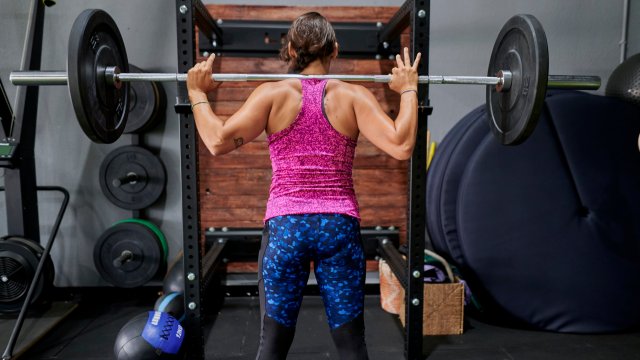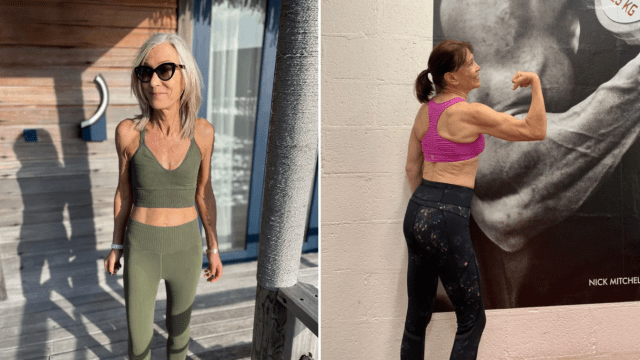Weights are for men. Cardio is for women. This has been a dogma in the mainstream understanding of fitness. But times are changing Last month, budget gym chain The Gym Group announced plans to change its equipment to expand its free weight areas, following a rise in the number of women incorporating weights into their gym routines.
I am one of those women. After years of inconsistent gym attendance, this summer I discovered that using weights is the only thing that really keeps me coming back.
Like many women, I’ve struggled with disordered eating from a young age, and it’s hard for me to separate cardio from these trends. For me, overdoing cardio often coincides with eating too little food, an unsustainable combination.
In the past, I would overdo it on machines like the cross trainer, and my gym attendance would inevitably decline. Then I would lose all the gains I made in my fitness.
Aware of this self-destructive pattern and encouraged by the number of women at my gym lifting a rare sight just a few years ago, I ventured into previously unexplored territory and felt a sense of accomplishment divorced from pernicious cardio associations with the ideal lean body.
Now I aim to do three or four weight training sessions a week. I still incorporate cardiovascular activities, like rowing, into my workouts, but they are no longer the focus. Instead, I’m focusing on building strength throughout my body through the use of weight machines and free weights.
Weightlifting places a lot of emphasis on the need for adequate rest, calories, and protein. This helps me stay in control and avoid pushing my body too hard.
I’ve always been a stereotypically weak woman, but after starting a weightlifting program for beginners, I quickly realized that everyday tasks were becoming easier. Things like loading and unpacking shopping or putting my suitcase in the overhead bin became less of a chore.
Being able to carry slightly heavier purchases may not impress the muscular men at my gym who can lift more than my body weight, but maintaining these small improvements in strength means greater independence that will hopefully be maintained later in life. life.
Research has found that strength training can help slow bone loss, which occurs with age. The NHS website page on osteoporosis explains that the condition is more common in women and that a history of anorexia or bulimia are risk factors (a DEXA [bone density] scan showed that restraint weakened my bones as a teenager).
Its page on preventing osteoporosis also recommends that adults engage in resistance exercise, such as weight lifting.
I was only vaguely aware that weightlifting could help me with my bone density before I started seriously reading up on strength training a few months ago, and I don’t think I’m the only one. Articles in lifestyle supplements about the benefits of weight lifting for women often focus on aesthetic changes and weight loss.
In fact, I noticed the number on the scale increase within the first few weeks of committing to lifting weights regularly, as my body gained a more toned appearance. So yes, consistent weightlifting will change your appearance. But the benefits for health and well-being are fundamental. Weak bones are no joke. To all the women intimidated by lifting weights: just do it. My only regret is not having started sooner.
#women #swaps #cardio #weights #started #sooner
Image Source : inews.co.uk


